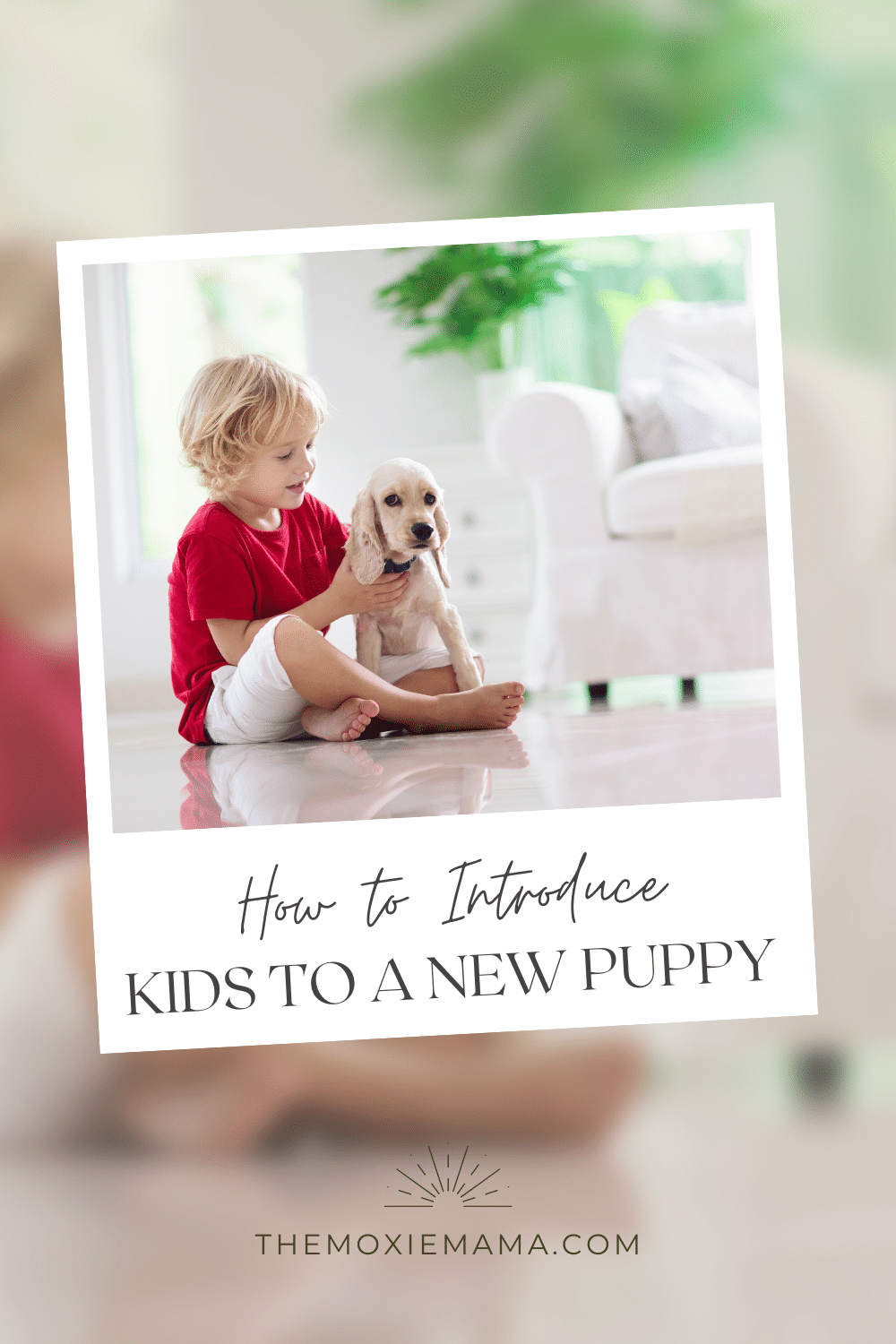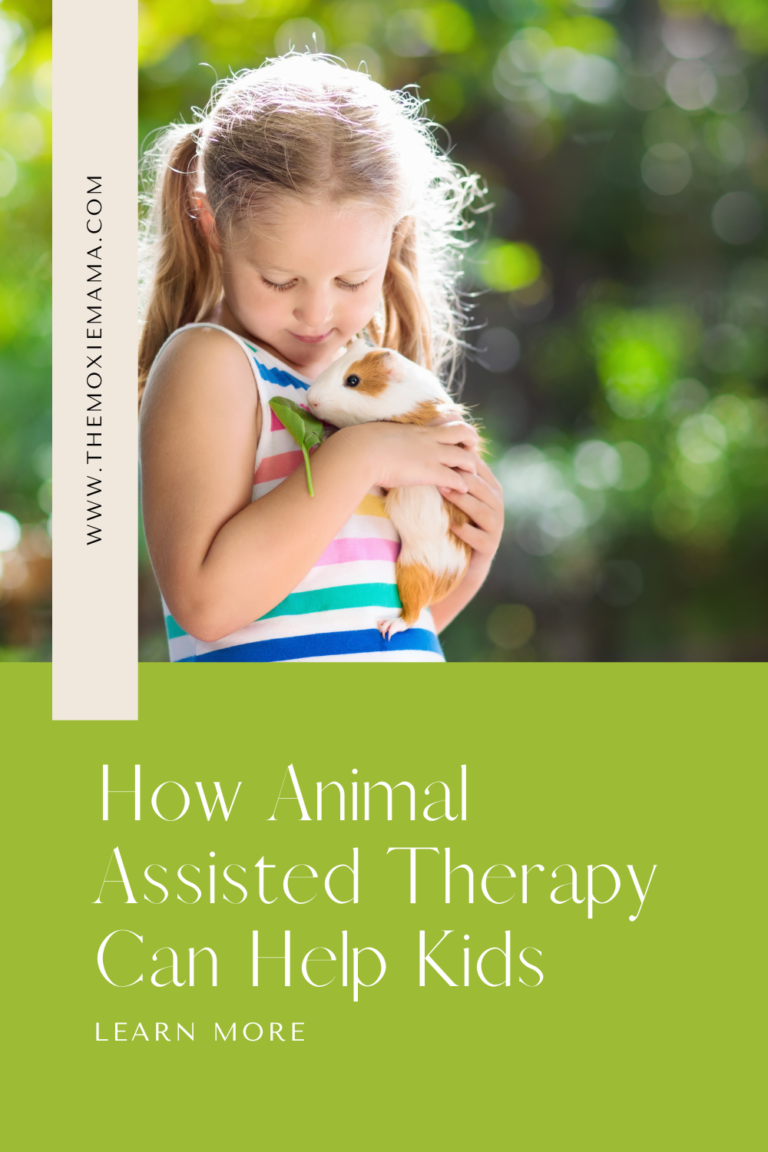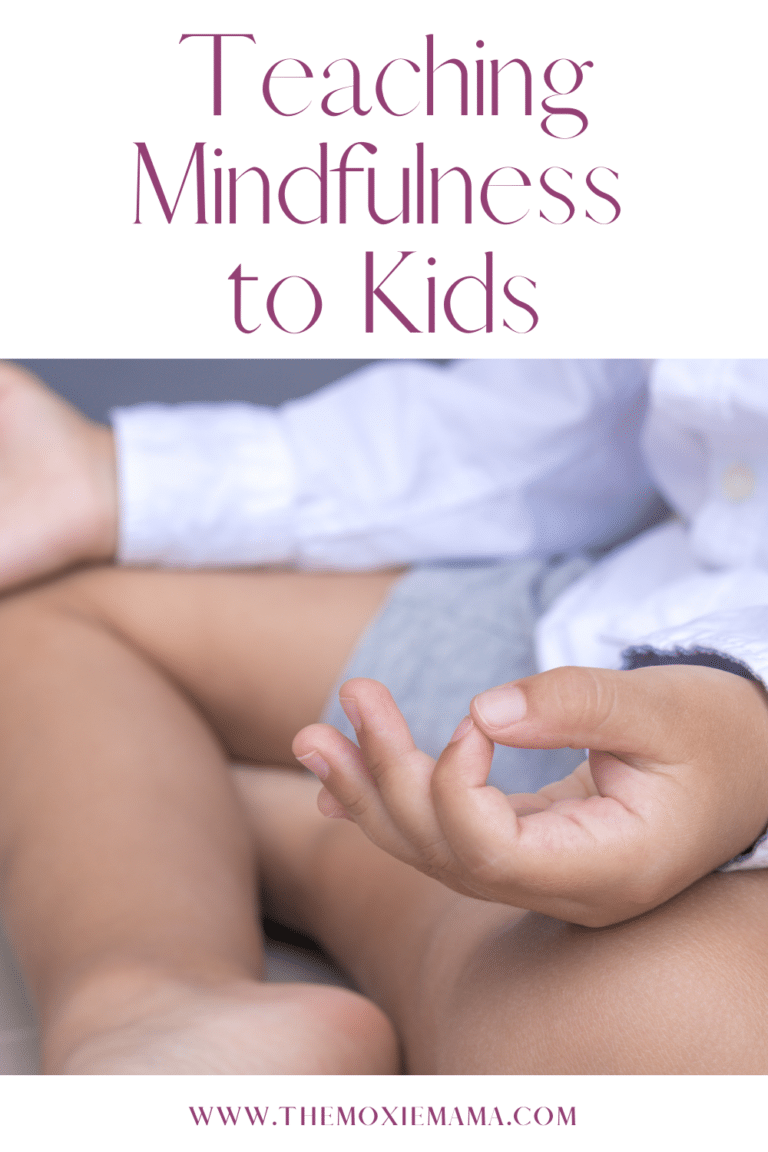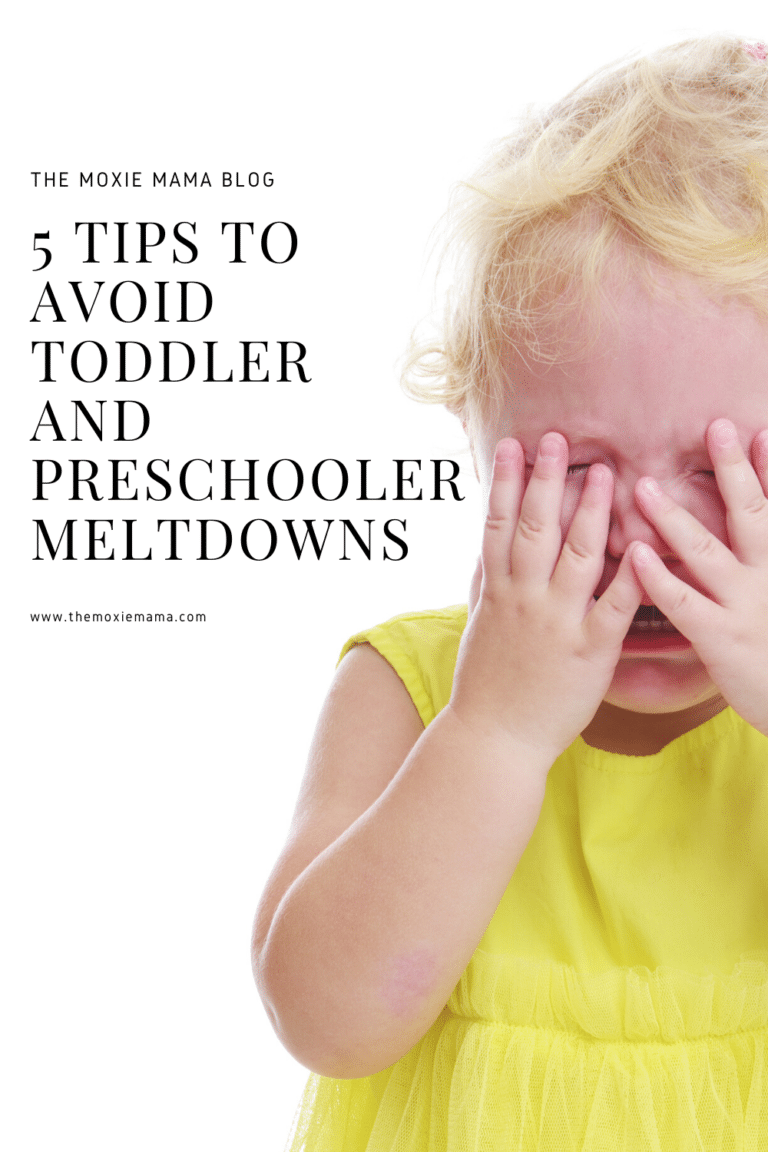Bringing a new puppy into the family is an exciting time, especially for children. However, introducing a new pet to young children can be a delicate process, as it requires patience, understanding, and education. Here are some tips for introducing kids to a new pet puppy.
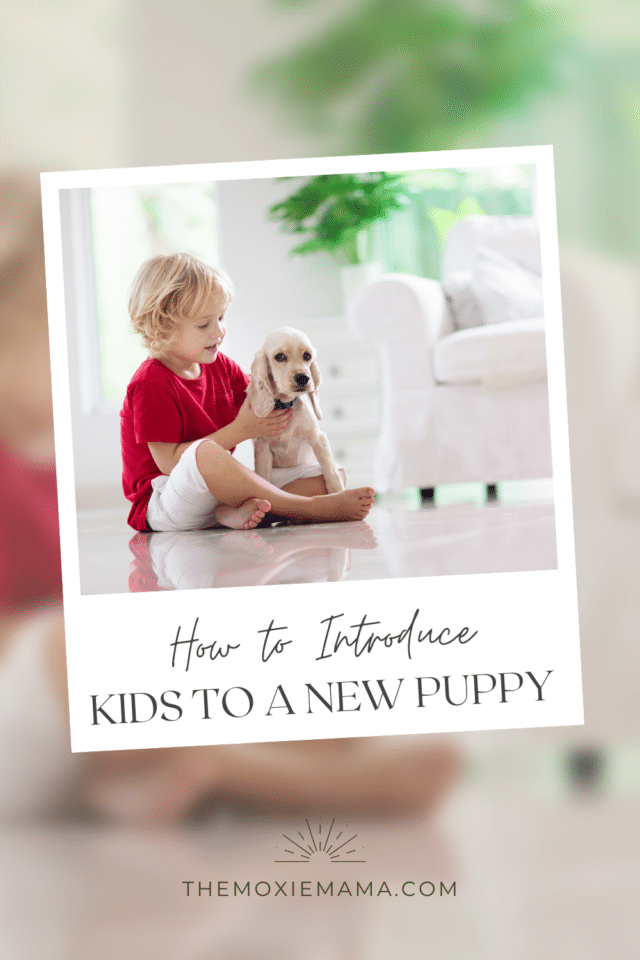
Educate Your Children About Puppies
Before bringing a new puppy into your home, it is important to educate your children about puppies. Teach them the basics of caring for a puppy, including feeding, exercise, and grooming. Explain that puppies are playful and curious, but they also need a lot of rest. Make sure your children understand that puppies are not toys and that they need to be treated with kindness and respect.
Visit a Shelter or Breeder
Before choosing a puppy, it can be helpful to take your children to a shelter or breeder to meet different breeds of dogs. This can help your children learn about the different temperaments and characteristics of different breeds, and help them decide which type of dog would be the best fit for your family.
Involve Your Children in the Process
When it comes time to choose a puppy, involve your children in the process. Let them help pick out the puppy’s toys, bed, and food bowl. This will help your children feel invested in the puppy’s care and develop a sense of responsibility for the new pet.
Set Boundaries and Rules
Before bringing a new puppy home, set boundaries and rules with your children. Explain that the puppy will need a lot of rest and should not be disturbed while sleeping. Set rules for how the puppy should be handled, such as not picking up the puppy by its ears or tail. It is also important to establish boundaries for where the puppy is allowed to go in the house, and make sure your children understand these boundaries.
Introduce the Puppy Gradually
When you bring the puppy home, it is important to introduce it to your children gradually. Start by allowing your children to watch the puppy from a safe distance, then let them approach the puppy slowly and gently. Supervise all interactions between your children and the puppy, and make sure your children understand how to interact with the puppy in a gentle and respectful way.
Teach Your Children How to Handle the Puppy
It is important to teach your children how to handle the puppy properly. Show them how to pick up the puppy gently, supporting its weight and holding it close to their body. Teach them to avoid pulling the puppy’s ears or tail, and to never hit or kick the puppy. It is also important to teach your children to wash their hands after playing with the puppy, as puppies can carry bacteria that can be harmful to humans.
Make Sure the Puppy Feels Safe
It is important to make sure the puppy feels safe in its new environment. Provide a safe space for the puppy to rest, such as a crate or bed, and make sure your children understand that the puppy needs to be left alone when it is sleeping or resting. Provide plenty of toys and activities for the puppy to keep it occupied, and make sure it has access to fresh water and food at all times.
Supervise Interactions Between Children and Puppy
It is important to supervise all interactions between your children and the puppy, especially in the early days of the puppy’s arrival. Make sure your children understand how to play with the puppy in a gentle and respectful way, and intervene if your children become too rough or aggressive with the puppy. Puppies can be easily frightened or overwhelmed, so it is important to make sure they feel safe and comfortable in their new environment.
In conclusion, introducing a new pet puppy to young children requires patience, understanding, and education. It is important to educate your children about puppies, involve them in the process of choosing a puppy, and set boundaries and rules for how the puppy should be treated.
